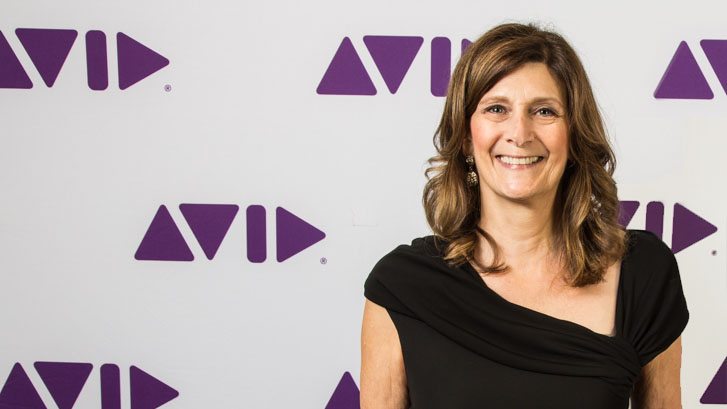The Best Software When Editing a Large, Long-Term Project
By Adam Noyes
By Sandra Adair

Over the 13 years I spent editing Boyhood, which was shot entirely on 35mm film, we found that we needed editing software that was going to evolve and address our needs over that period of time. We ended up using Avid after we discovered how accurately the software would track our cut and negative key numbers. In that 13-year period of time, we upgraded our hardware and software multiple times. Every time we upgraded to a new version of Avid Media Composer, the software remained stable and versatile. The longevity of our project and the consistency of Avid was a good match. We never had trouble opening the project after being dormant for a year.
On large projects, the ability to work with multiple editors and assistants from the same shared “Unity” drive greatly speeds up the process. Digital media also enables multiple editors to work on a project without having to be in physical proximity, inexpensively and quickly sending each other the edited material over secure servers.
Back in the days of linear film and/or video tape editing, creating multiple versions of a scene necessitated reprinting or transferring selected “takes” from the original source all over again and then reassembling the scene again with the new material to create a new version. With Avid it’s as easy as clicking “duplicate,” and from there, one can easily make a new version. I use this feature every day and save multiple versions of every scene. This, in my opinion, is the most important feature to enhance my speed and support my creative experimentation.
Digital technology allows me the ability to quickly locate material using easily labeled and colored locators. The Avid locator feature is much more sophisticated and user friendly than I’ve found on other software. I am able to make personal notes and director’s notes, keep track of significant moments and identify multiple changes within one take or sequence.
In feature films, Avid is the most acceptable and used interface between picture editors, colorists, sound supervisors and composers, making finishing and handing over for finishing very easy…

